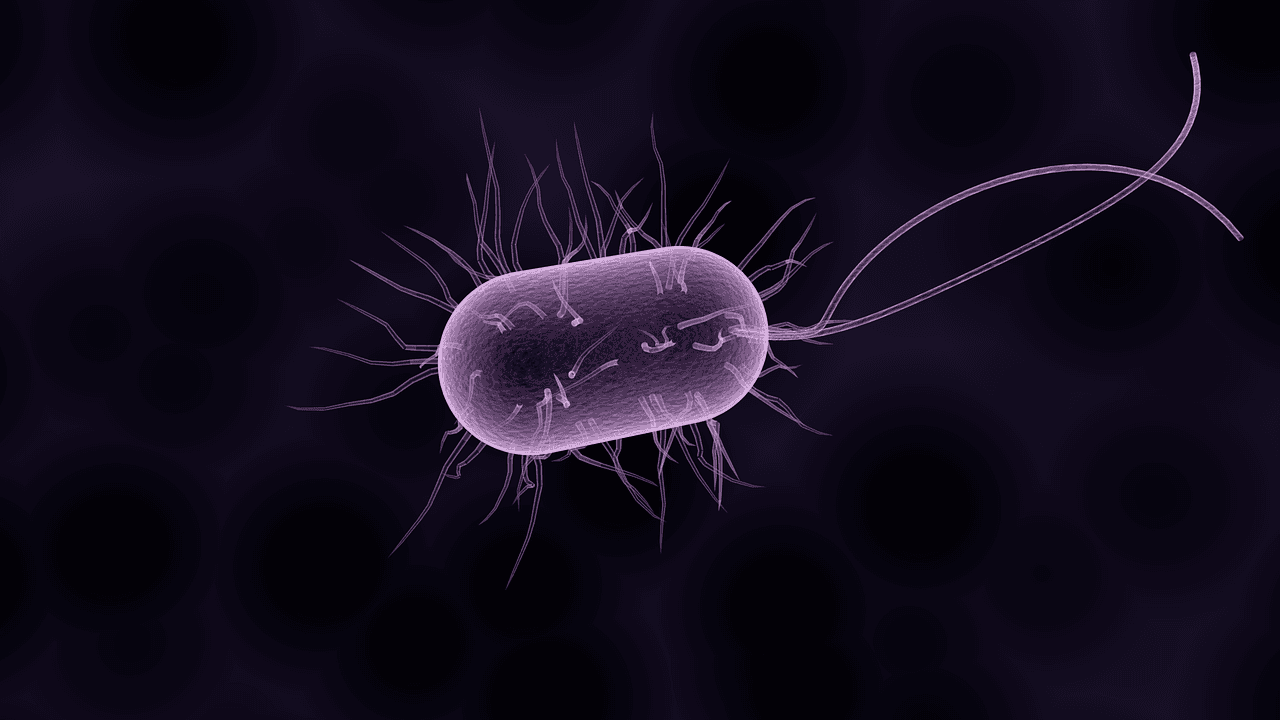
Evonik and Siemens join up to produce 'green' speciality chemicals
Submitted by:
Andrew Warmington
Chemicals company Evonik and electronics giant Siemens have launched a joint research project to convert carbon dioxide (CO2) into speciality chemicals, using electricity from renewable sources and bacteria.
The two companies are working on electrolysis and fermentation processes in a project called Rheticus, which will run for two years. The first test plant is scheduled to go on stream by 2021 at the Evonik facility in Marl, Germany, which produces chemicals such as butanol and hexanol, both of which are feedstocks for special plastics and food supplements. The next stage could see a plant with a production capacity of up to 20,000 tonnes/year. There is also potential to manufacture other speciality chemicals or fuels. Around 20 scientists from the two companies are involved in the project, which will receive €2.8 million in funding from Germany’s Federal Ministry of Education and Research (BMBF).
“With the Rheticus platform, we want to demonstrate that artificial photosynthesis is feasible,” said Dr Thomas Haas, who is responsible for the project in Evonik’s strategic research department Creavis. Artificial photosynthesis is where CO2 and water are converted into chemicals using a combination of chemical and biological steps, in a process similar to how leaves use chlorophyll and enzymes to synthesise glucose.
Siemens and Evonik are each contributing their own core competencies to this research collaboration. Siemens is providing the electrolysis technology, which is used in the first step to convert CO2 and water into hydrogen and carbon monoxide (CO) using electricity. Evonik is contributing the fermentation process, converting gases containing CO into useful products by metabolic processes with the aid of special microorganisms. In the Rheticus project, these two steps – electrolysis and fermentation – are scaled up from the laboratory and combined in a technical test facility.
